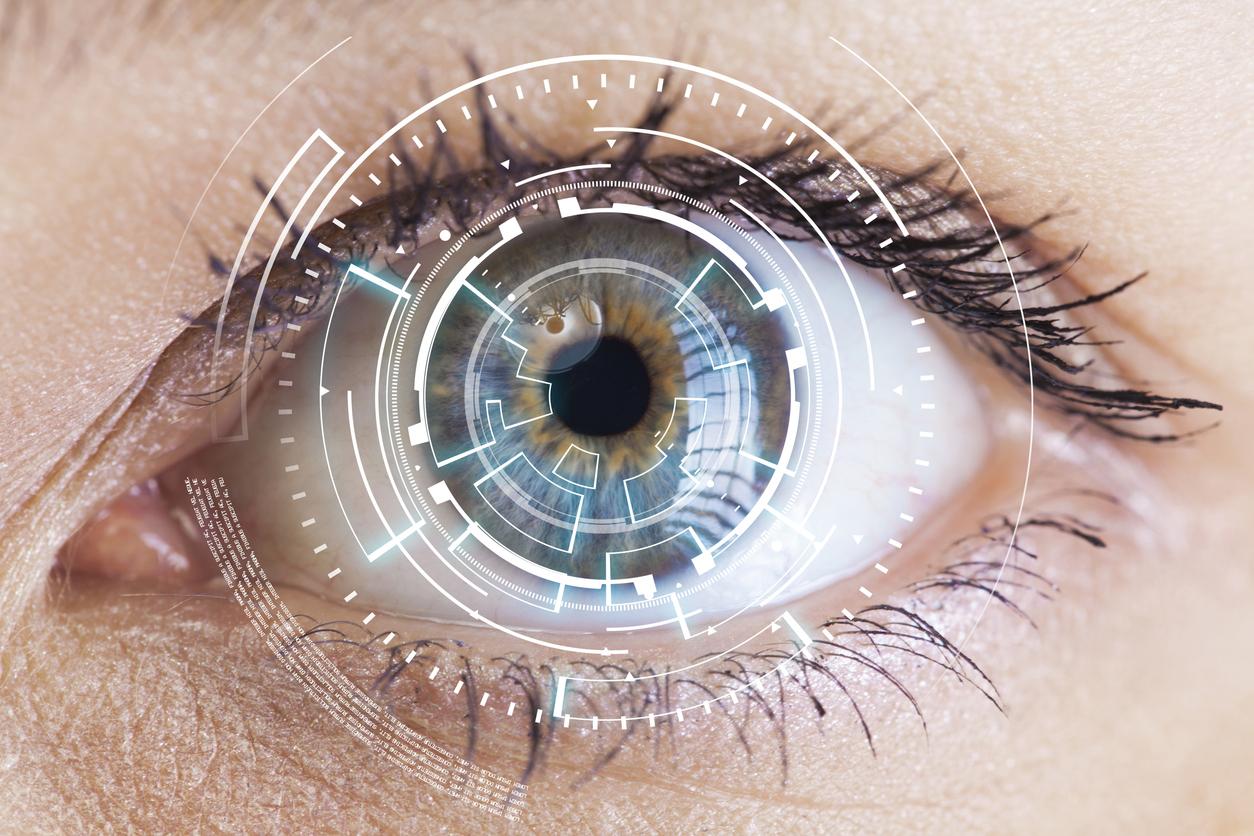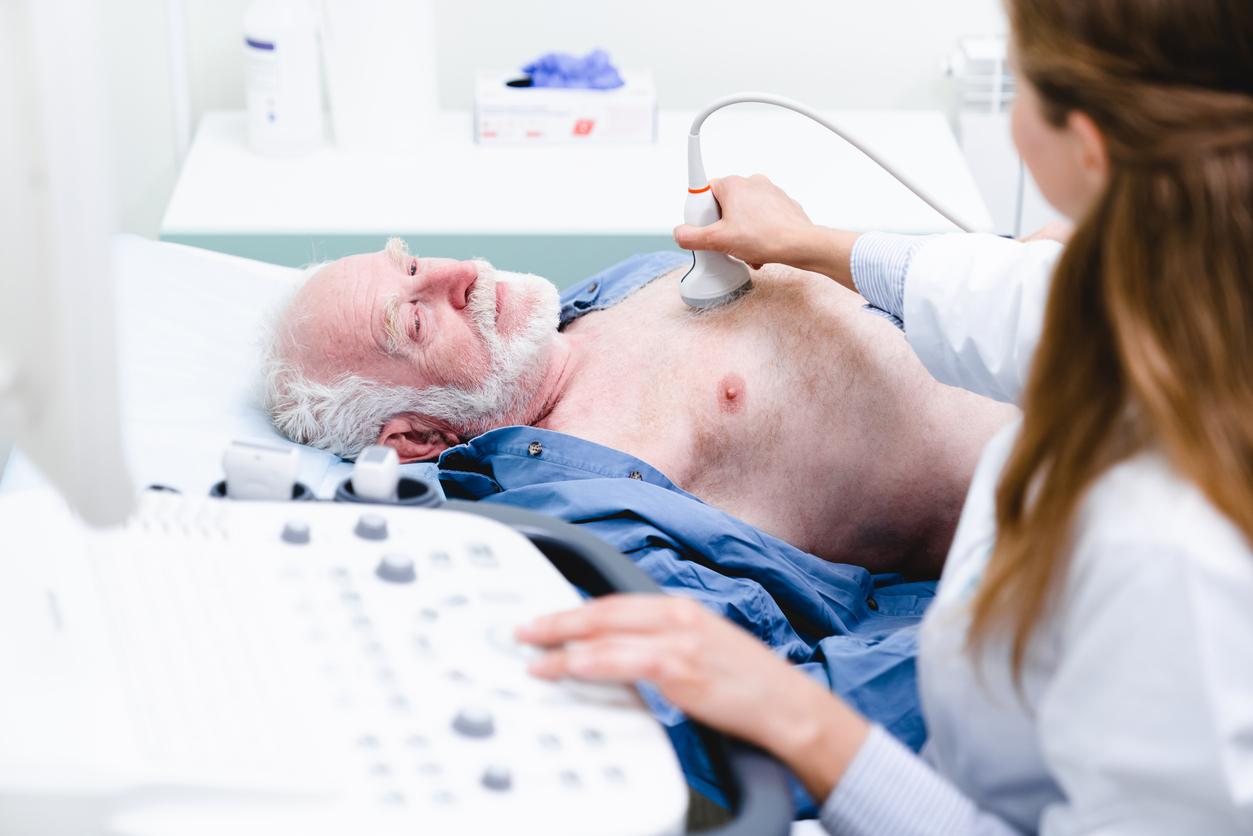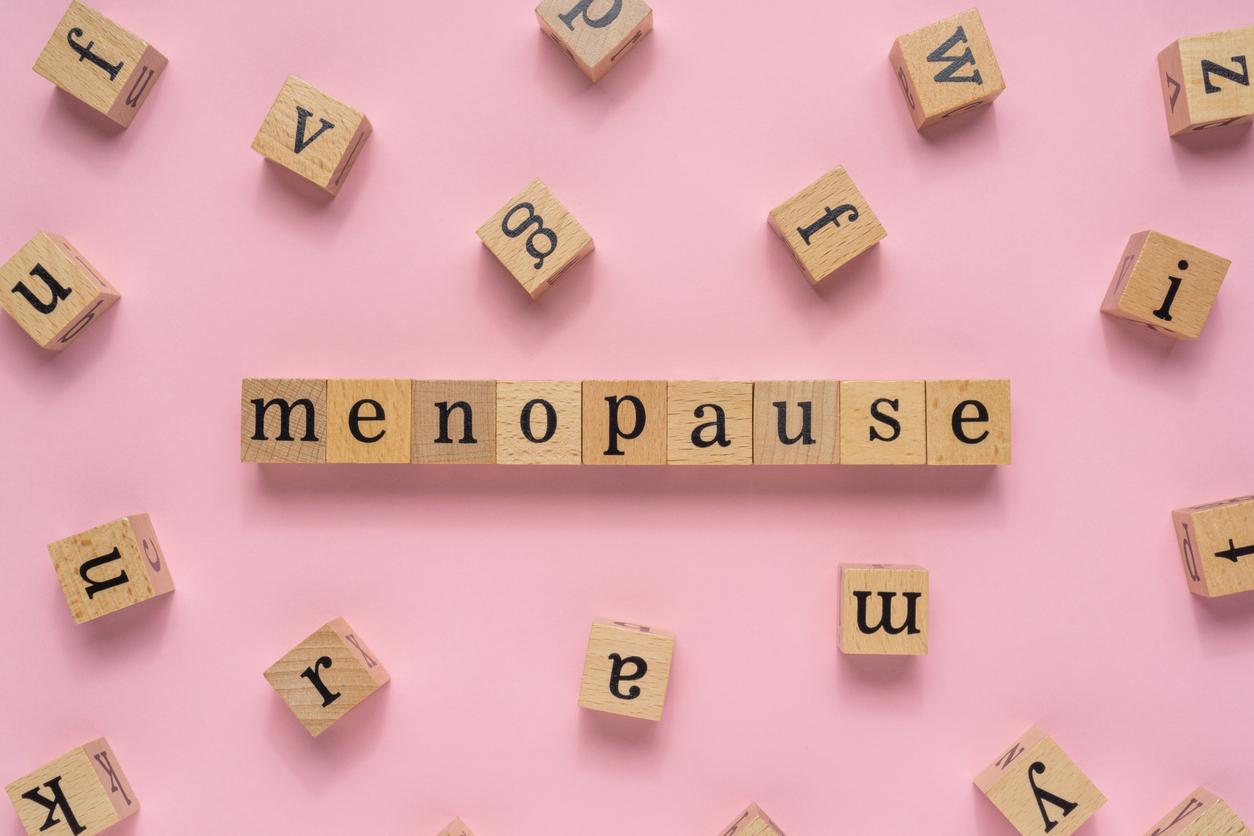The signs of a transient ischemic attack (TIA) no longer appear after one hour. However, they still need to be evaluated to prevent a real stroke in the weeks that follow.

- Each year, 140,000 strokes or transient ischemic attacks (TIAs) are recorded.
- People with cardiovascular risk factors, such as high blood pressure, diabetes, obesity, high cholesterol, and smoking, are at high risk for stroke and TIA.
According to DailyMail, Hailey Bieber revealed, in a video, to have suffered a “mini-stroke”. But what is it? This term is used to talk about transient ischemic attack (TIA). It results from a very transient arterial obstruction that does not lead to brain damage. “His symptoms last a few seconds to a few minutes (less than an hour) before returning to normal without sequelae. This means that there is an obstacle to the circulation of blood in the brain”, can we read on the site of theHealth Insurance. Clearly, the transient ischemic attack can go unnoticed and be confused with a simple malaise.
However, this is a red flag that should not be taken lightly. According to the American Heart Associationsymptoms of a mini-stroke should be investigated urgently. “Almost one in five people with a TIA will experience a true stroke within three months, with nearly half within two days,” she clarified.
Mini-stroke: how does a transient ischemic attack manifest?
The symptoms of a transient ischemic attack are similar to those of a stroke. A mini-stroke results in one or more of these warning signs: facial numbness, difficulty speaking, loss of strength in one arm, and temporary blurred vision in one eye.
“It is difficult to diagnose a TIA with certainty because most patients have returned to normal function when they arrive at the emergency room. AIT may receive. This may be due to geographic factors, limited resources at health care centers, or varying levels of comfort and experience among medical professionals.” said Hardik P. Amin, chairman of the committee.
AIT: what are the examinations to be carried out in the first place in the emergency room?
According to the American Heart Association, healthcare professionals should perform a clinical examination and discuss with the patient to find out their medical history. Then, imaging of the blood vessels of the head and neck and a cranial CT scan should be done to rule out intracerebral hemorrhage. “CT angiography may also be done to look for signs of narrowing of the arteries leading to the brain,” specifies the health authority.
Within 24 hours of the onset of symptoms, the patient should have an MRI and blood tests to rule out other conditions that may be causing symptoms similar to TIA, such as low blood sugar or infection. Once the mini-stroke has been diagnosed, a cardiac workup and consultation with a neurologist is recommended. “Incorporating these steps for people with suspected TIAs can help identify patients who would benefit from hospital admission, versus those who could be safely discharged from the ER with close follow-up”concluded Hardik P. Amin.
















